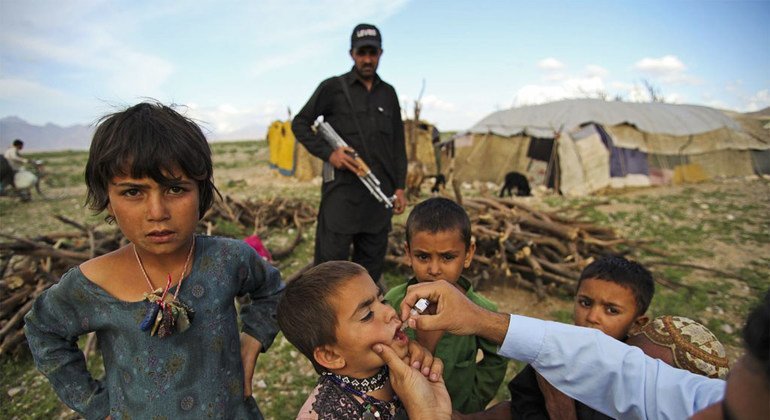Efforts to wipe out polio a crippling disease that once paralyzed thousands of children globally remain stalled as Pakistan and Afghanistan continue to battle ongoing transmission of the wild poliovirus, nearly four decades into the global eradication campaign.
Health officials have hailed the progress made since the launch of the Global Polio Eradication Initiative in 1988, noting that three billion children have been vaccinated and an estimated 20 million people spared from paralysis. But recent assessments suggest that persistent operational failures, security challenges, and vaccine strategy concerns have left the virus clinging to life in its last strongholds.
“Whether they are security challenges or the lack of any healthcare or social services in some communities… the polio programme itself has gone through some ups and downs,” said Dr. Tom Frieden, a member of the Independent Monitoring Board for Polio Eradication.
Problems in the Field
According to experts, vaccination campaigns in Pakistan and Afghanistan have struggled due to distrust among local populations, insufficient healthcare infrastructure, and episodes of violence targeting health workers. The World Health Organization’s Director of Polio Eradication, Dr. Jamal Ahmed, defended the program’s efforts in the region, highlighting the “tailored response” adopted in areas resistant to vaccination.
Still, internal critics of the WHO-led effort accuse the initiative of mismanagement and “blind allegiance” to outdated approaches, particularly the continued use of the oral polio vaccine (OPV), which contains a live virus.
Vaccine Paradox
While the oral vaccine has been key to driving down polio cases, it carries a rare but dangerous risk: it can, in isolated cases, mutate and lead to vaccine-derived polio outbreaks, especially in communities with low immunization coverage.
“In Africa, we have vaccine-derived polio that has really reverted to be more like what we call wild type polio and is causing the same paralysis,” said Dr. Frieden.
Since 2021, several hundred cases of vaccine-derived polio have been reported globally each year, with at least 98 cases recorded in 2025 so far mostly outside of Pakistan and Afghanistan. Experts now argue that it’s time to phase out the oral vaccine altogether.
Hope in Injectable Vaccines
Health leaders are turning their attention to a safer injectable vaccine one that does not contain a live virus and thus carries no risk of triggering new outbreaks.
“That is now being rolled out across Africa and has less risk of resulting in vaccine-derived polio,” Dr. Frieden confirmed.
However, he emphasized that quality execution of immunization programs is key: “If vaccination programs are done with high quality, you don’t get vaccine-derived polio. It’s only when they’re poorly executed, when coverage is low, that the risks emerge.”
Funding Concerns and the Road Ahead
As polio cases linked to the oral vaccine continue to appear, global health experts fear the final leg of eradication could be threatened by shrinking budgets.
Polio eradication remains one of the most expensive global health campaigns, and as donor fatigue sets in, there are concerns that funding shortfalls could open the door for a resurgence especially in vulnerable, under-immunized communities.
For now, health officials and partner organizations face a stark choice: adapt to evolving threats with new tools and renewed strategies, or risk watching a once-near victory slip further away.


